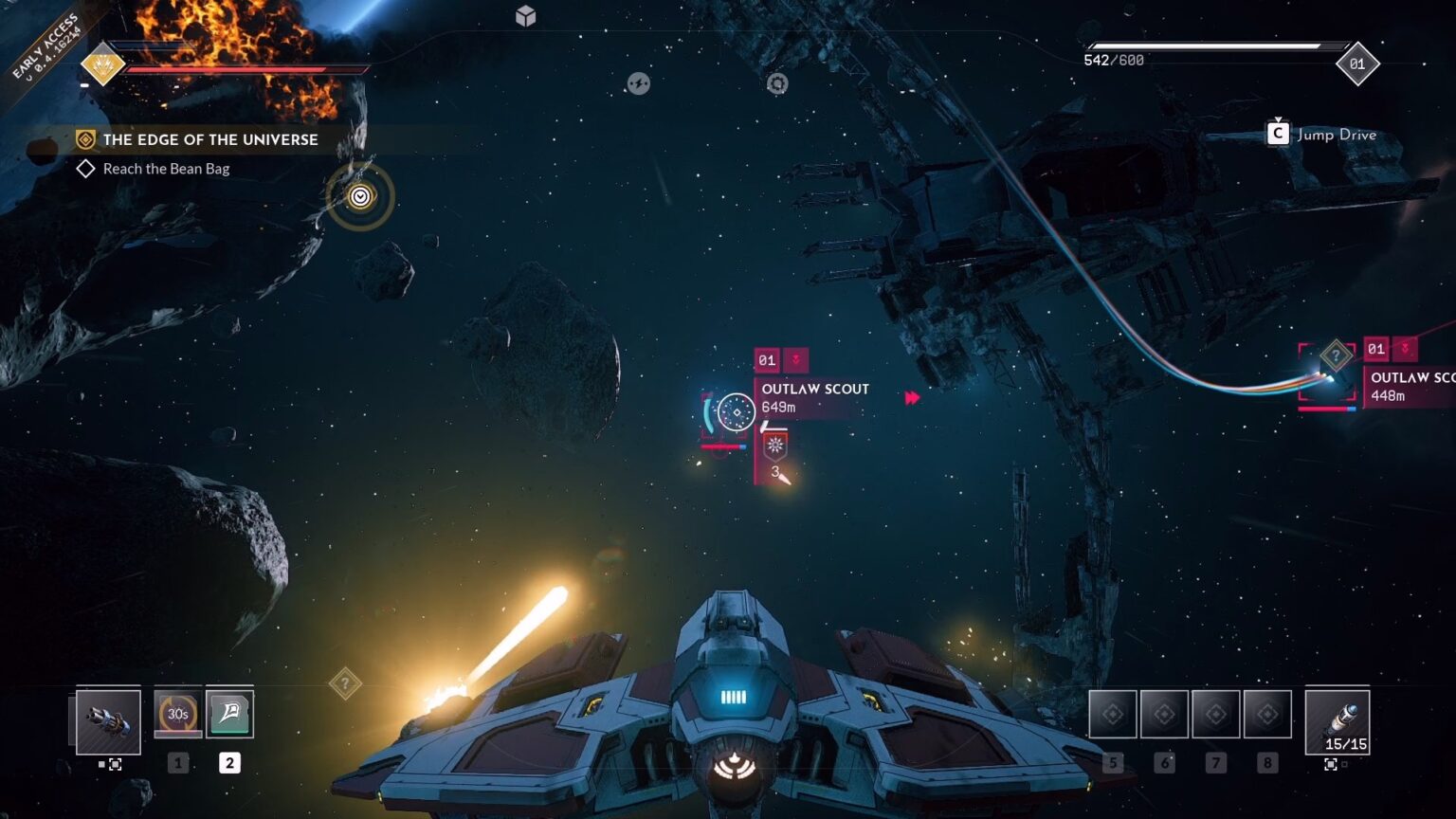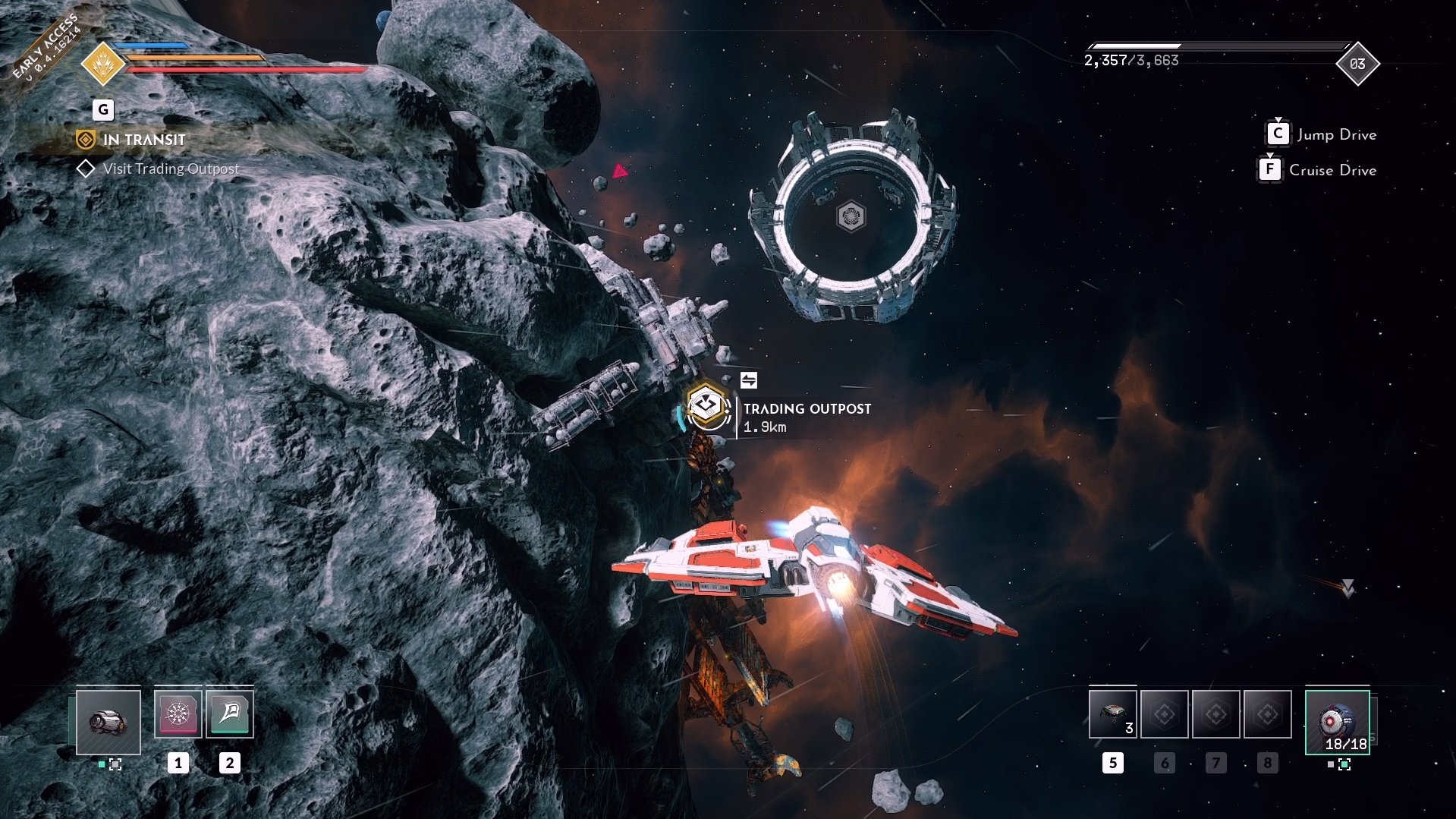

It covers billions of square kilometres around the surface of the heliosphere. The data revealed that the turbulent boundary is millions of kilometres thick. The solar wind burst reached them in different regions at different times, which provided useful clues about the nature of the heliopause. The different routes taken by the two probes meant one was about 30 degrees above the solar plane, the other the same amount below. A little more than a year later, the last gasps of the dying wind reached Voyager 1, which had crossed over into interstellar space in 2012. The solar wind surge reached Voyager 2 while it was still just inside our Solar System. The gust pushed past Mars a day later and carried on through the asteroid belt toward the distant gas giants – Jupiter, Saturn, Uranus and after more than two months, Neptune, which orbits nearly 4.5 billion km (2.8 billion miles) from the Sun. Fortunately, our planet’s magnetic field shielded us from its powerful, damaging radiation. After two days and 150 million km (93.2 million miles), it enveloped Earth. The blast quickly washed over Mercury and Venus at close to 800 km per second (497 miles per second). In 2014, the Sun’s activity surged, sending what amounted to a solar-wind hurricane sweeping out into space. When the solar wind rises or falls, it changes the outward pressure on the bubble. The size and shape of the heliosphere bubble alters as the Sun’s output changes, and as we pass through different regions of the interstellar medium. Far from being a distinct boundary, the very edge of our Solar System actually churns with roiling magnetic fields, clashing stellar windstorms, storms of high energy particles and swirling radiation. What these two aging probes revealed about the boundary between the heliosphere and the interstellar medium has provided fresh clues about how our Solar System formed, and how life on Earth is even possible. ( Read more about Voyager, the greatest ever space mission. Currently around 13 billion and 11 billion miles from Earth respectively, they are now drifting out, ever further into the space beyond our Solar System, sending back more data as they do. Voyager 1, which took a more direct route through the Solar System, passed out into interstellar space in 2012, before Voyager 2 joined it in 2018. And yet, the outer edge of the heliosphere is still so distant that it took more than 40 years for the Voyager 1 and Voyager 2 spacecraft to reach it as they flew from Earth. Compared to the whole of the Milky Way, our Solar System looks smaller than a grain of rice floating in the middle of the Pacific. “The only way to get an idea is to travel far away from the Sun, look back, and take an image from outside the heliosphere.” You have to go outside and take a look to really tell,” says Elena Provornikova, a postdoctoral researcher at the Johns Hopkins University Applied Physics Laboratory. “It's like you're inside your home and you want to know what it looks like.

Even determining its size and shape is difficult from within. As the Sun and its surrounding planets hurtle through the galaxy, this bubble buffets against the interstellar medium like an invisible shield, keeping out the majority of harmful cosmic rays and other material.īut its life-saving properties also make it more difficult to study what lies beyond the bubble. They have revealed it is composed of extremely diffuse ionised hydrogen atoms, dust, and cosmic rays interspersed with dense molecular clouds of gas thought to be the birthplace of new stars.īut its exact nature just outside our solar system has been largely a mystery, principally because the Sun, all eight planets and a distant disc of debris known as the Kuiper Belt, are all contained within a giant protective bubble formed by the solar wind, known as the heliosphere.


Scientists have been building up a picture of what the interstellar medium is made of over the past century, thanks largely to observations with radio and X-ray telescopes. Instead of tumbling water, however, the turbulence is the result of the solar wind – a constant, powerful stream of charged particles, or plasma, spraying out in every direction from the Sun – as it crashes into a cocktail of gas, dust, and cosmic rays that blows between star systems, known as the “interstellar medium”.


 0 kommentar(er)
0 kommentar(er)
